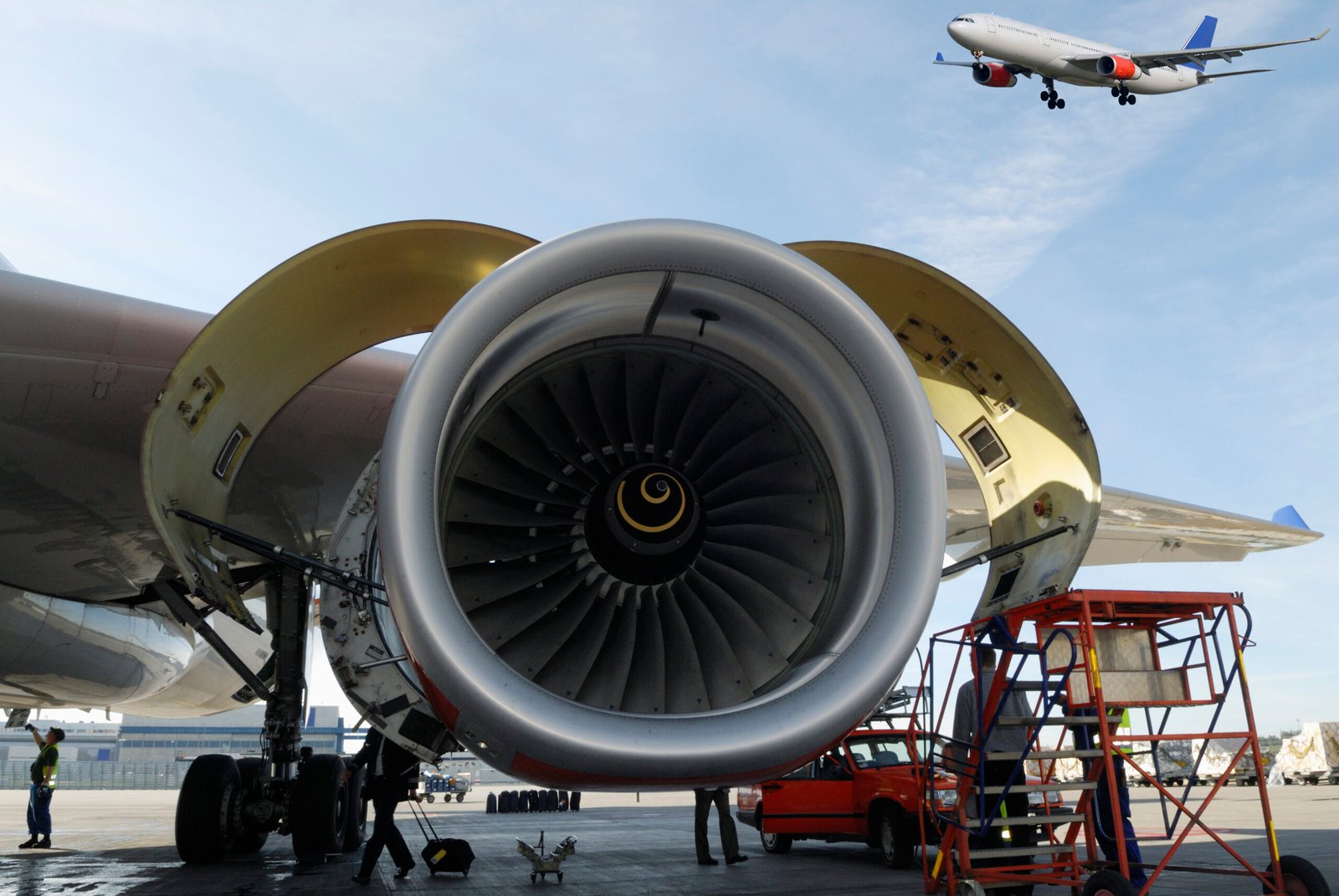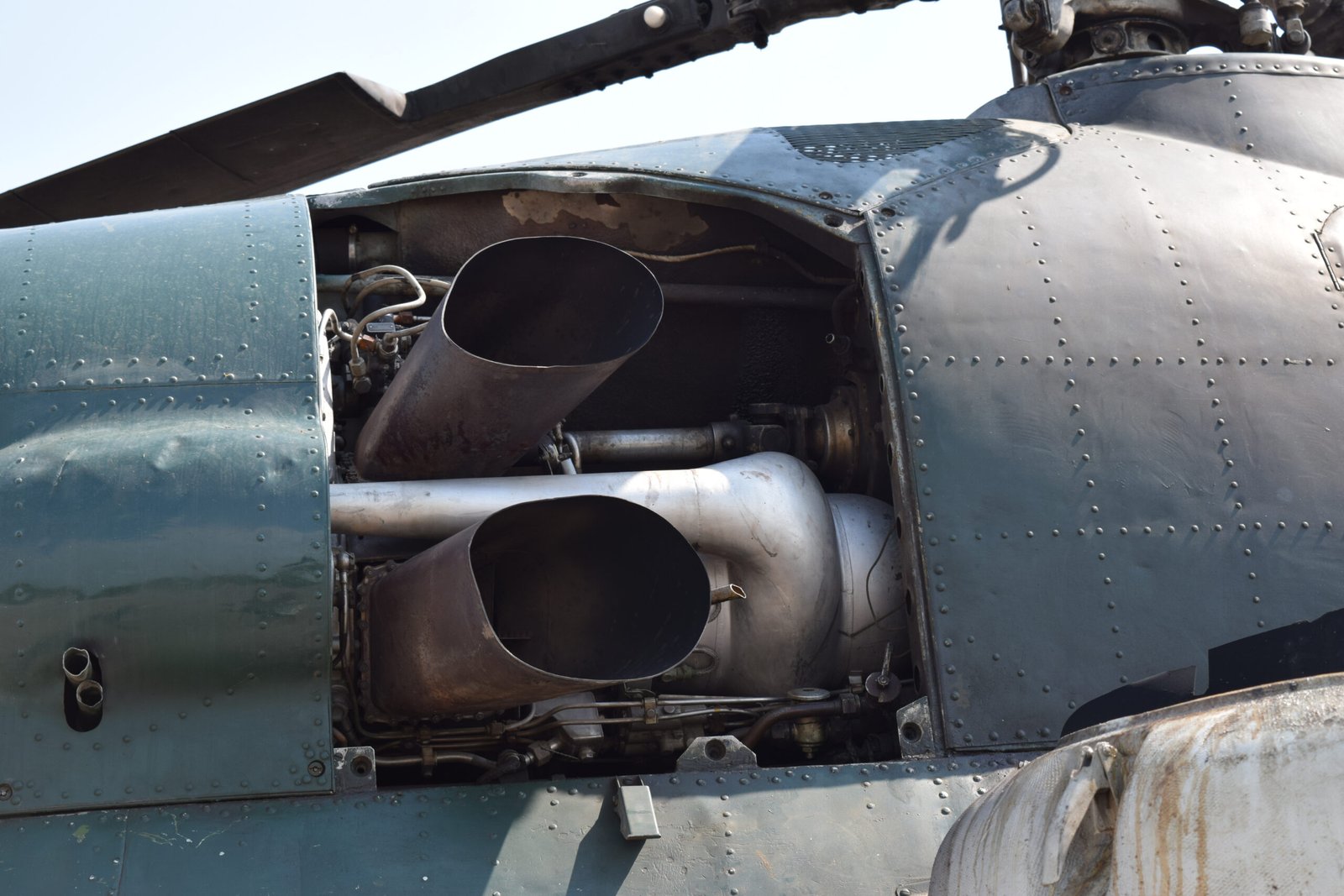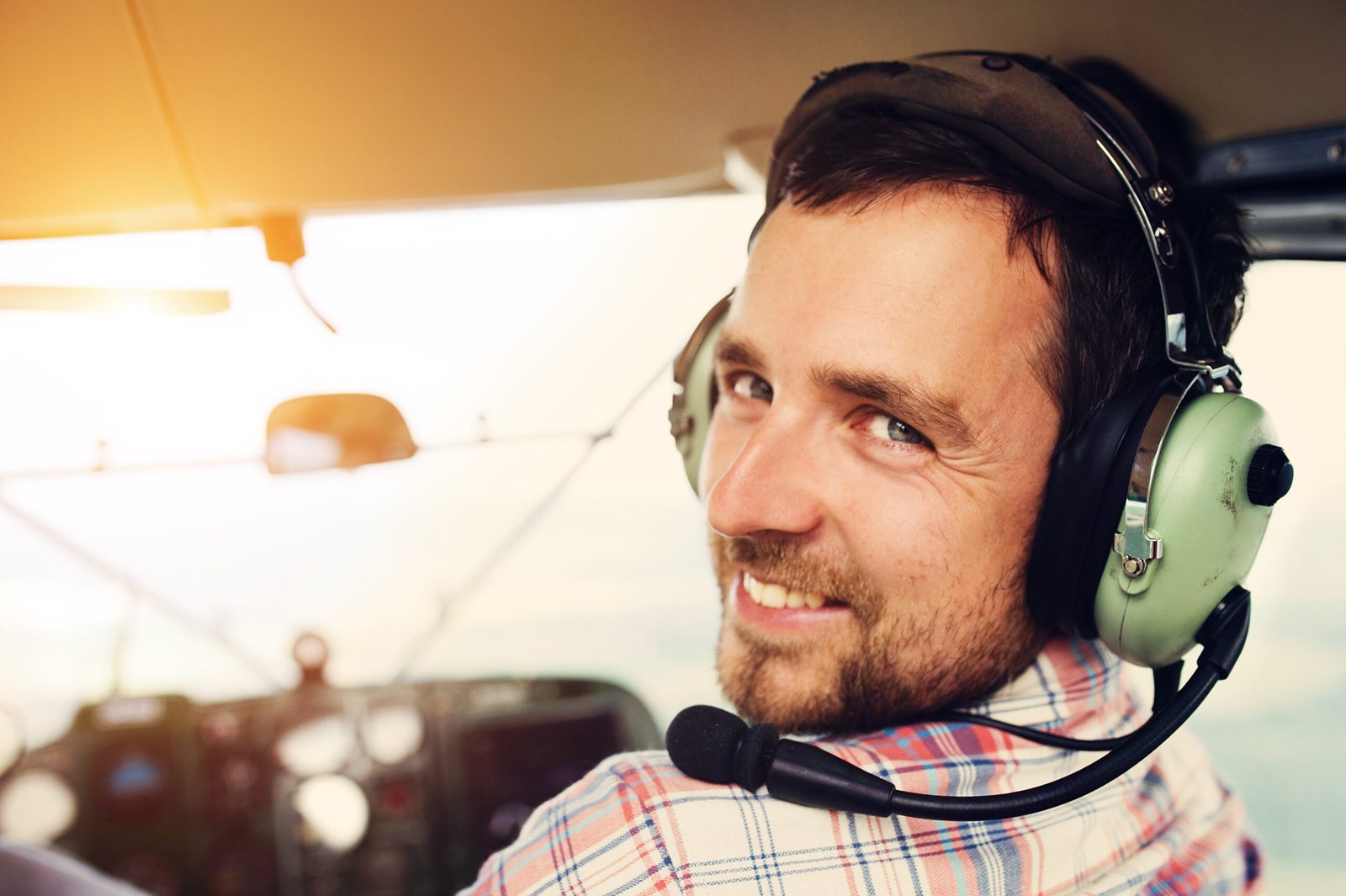flight simulation
Flight Paths: Exploring the Impact of Aviation on Global Connectivity
Aviation serves as the backbone of global connectivity, bridging vast distances and cultures in a matter of hours. As air travel continues to evolve, so too does the need for skilled professionals equipped with the knowledge and expertise to navigate this dynamic industry. In this post, we will explore various avenues for education within aviation, highlight some engaging resources for enthusiasts and professionals alike, and touch upon FAA-approved flight schools.
*Types of Aviation Courses**
When it comes to pursuing a career in aviation, numerous educational pathways exist. These courses can cater to diverse interests—ranging from piloting to aerospace engineering. Here are some common types:
1. **Pilot Training Programs**: These courses focus on preparing aspiring pilots with essential flying skills. They typically start with private pilot licenses (PPL) and progress through instrument ratings (IR), commercial pilot licenses (CPL), and even airline transport pilot licenses (ATPL).
2. **Air Traffic Control Training**: For those fascinated by managing air traffic, specialized programs teach students how to coordinate aircraft movements safely and efficiently.
3. **Aviation Management Degrees**: Combining business acumen with aviation principles, these programs prepare students for managerial roles within airlines or airports.
4. **Aircraft Maintenance Courses**: These technical programs train individuals in the maintenance and repair of aircraft systems, ensuring safety and compliance with regulations.
5. **Flight Dispatch Training**: This course prepares students to plan flight routes, manage fuel loads, and ensure that all regulatory requirements are met before a plane takes off.
The variety within aviation education reflects its multifaceted nature—offering something for everyone interested in joining this exhilarating field.
*Engaging Aviation Resources**
For anyone passionate about aviation or looking to keep abreast of industry trends, numerous blogs, websites, and social media platforms serve as excellent resources:
**Blogs/Websites**:
– *AirlineReporter.com*: A blog dedicated to news about airlines combined with personal experiences.
– *The Points Guy*: Focused on maximizing travel rewards through points accumulation.
– *FlyingMag.com*: Offers expert insights into flying techniques alongside aircraft reviews.
**Social Media Sites**:
– Follow hashtags like #AvGeek on Twitter or Instagram for stunning aerial photography and community discussions.
– Join Facebook groups such as “Pilots Without Borders” which connects aviators across the globe for humanitarian missions.
These platforms not only provide valuable information but also foster a sense of community among aviation enthusiasts.
*FAA Approved Flight Schools**
If you’re considering taking your first steps towards becoming a pilot or advancing your skills further, FAA-certified flight schools are essential destinations. They comply with strict federal standards ensuring quality training:
1. **Local Flight Schools**: Many regional airports host small flight schools that offer personalized training sessions tailored to individual needs.
2. **University Programs**: Several universities now feature robust aviation programs offering degrees along with practical flight experience at affiliated airports.
3. **Simulator Centers**: Advanced simulators provide an immersive learning experience without leaving solid ground! They allow pilots-in-training to practice emergency procedures or familiarize themselves with complex aircraft systems before actual flights.


In closing, the influence of aviation on global connectivity is profound—and it all begins with education! With various courses available catering to different interests within the field, countless online resources enriching our understanding of aviation trends—including FAA-approved institutions paving the way for future pilots—the sky truly is not just the limit; it’s merely another starting point!
Navigating the Skies: How Aviation Technology is Transforming Travel
Aviation has always captured our imaginations, but the rapid evolution of technology is propelling this industry into an exciting new era. From the way we train pilots to how we plan our journeys, innovations are reshaping every facet of air travel. In this post, we’ll explore various types of aviation schools, valuable online resources, and the role of FAA-certified flight schools and simulators in modern training.
### Types of Aviation Courses
Aspiring aviators have a plethora of options when it comes to education. The types of courses offered by aviation schools can vary significantly based on individual career goals:
1. **Pilot Training Programs**: Most commonly sought after, these programs range from private pilot licenses to commercial and airline transport pilot certifications. They equip students with essential flying skills alongside safety protocols.
2. **Aviation Management**: For those who prefer not to be in the cockpit, aviation management courses focus on airport operations, logistics planning, and regulatory compliance. Graduates often find roles in administration or operations within airlines or airport authorities.
3. **Air Traffic Control**: Aspiring air traffic controllers must attend specialized training programs that cover communication protocols, navigation systems, and radar operation techniques—ensuring that they can effectively manage the flow of air traffic safely.
4. **Aircraft Maintenance Technology**: These programs emphasize hands-on training in aircraft mechanics and maintenance procedures. Students learn about aerodynamics as well as electrical systems to ensure aircraft are safe for operation.
5. **Flight Simulation Training**: With advancements in simulation technology, many schools now offer dedicated courses focusing on utilizing state-of-the-art flight simulators for practical training without leaving the ground.
### Online Resources for Aviation Enthusiasts
In addition to traditional education programs, numerous online platforms provide insights into the aviation world:
**Airliners.net**: A treasure trove for aviation photography enthusiasts; this site features stunning images along with discussions on everything from specific aircraft models to airline experiences.
**Flying Magazine**: This publication keeps readers updated on industry trends while offering tips and advice tailored specifically for pilots at all levels.
**Pilot’s Digest Blog**: A fantastic resource filled with articles about personal experiences from pilots around the globe as well as technical insights into flying various aircraft.
**Reddit’s r/flying subreddit**: A vibrant community where both seasoned aviators and novices share their stories and seek advice.
Social media also plays a pivotal role in connecting aviation lovers worldwide:
Instagram accounts like @aviationnation showcase breathtaking aerial shots while fostering a robust community.
Twitter users such as @AvGeekCentral share real-time updates about flights, airlines news, and events happening within the industry.
### FAA Flight Schools & Simulators
The Federal Aviation Administration (FAA) sets high standards for flight training across America. FAA-approved flight schools offer structured environments where students can earn their licenses under rigorous guidelines ensuring safety and efficacy.
Many institutions incorporate advanced simulators into their curriculum—these tools mimic actual flying conditions without ever leaving the ground! By using cutting-edge technology like virtual reality (VR), aspiring pilots can experience everything from turbulent weather conditions to emergency scenarios in a risk-free environment.
In conclusion, technological advancements are revolutionizing how we approach aviation education and travel itself. Whether you’re considering enrolling in a pilot program or simply looking for reliable online resources to fuel your passion for flying, there’s never been a better time to take advantage of what’s available today! So strap in—because navigating these skies has never been more exciting!
A Pilot’s Perspective: Adventures in the Skies
As the sun rises and casts a golden hue across the horizon, the thrill of flying beckons. For those of us fortunate enough to don a pilot’s wings, every ascent into the skies is an adventure waiting to unfold. But the journey to become a skilled aviator is paved with rigorous training, innovative technology, and continuous education.
Aviation has evolved dramatically over the past few decades. Today’s pilots are equipped with advanced tools and technologies that were once confined to science fiction. Flight simulators have taken center stage in pilot training, providing an immersive environment where aspiring aviators can hone their skills without leaving the ground. These high-tech devices replicate real-world flying conditions—complete with turbulence, weather changes, and emergency scenarios. Simulators not only save costs but also allow for repeated practice of critical maneuvers until they become second nature.

Alongside simulators, online resources for aviation enthusiasts and professionals abound. Several blogs and websites cater to pilots at all stages of their careers. Some notable mentions include “The Pilot’s Blog,” which shares personal experiences from aviators around the world, and “Flying Magazine,” offering insights into aviation news and trends. Social media platforms like Instagram and Twitter have become bustling hubs for pilots to connect; hashtags such as #PilotLife or #AvGeek draw in thousands sharing breathtaking aerial views or snippets from their cockpit adventures.
For those looking to formalize their aviation knowledge, numerous online courses and ground schools are available today. Organizations such as Gleim Aviation or King Schools provide comprehensive training programs covering everything from private pilot licenses to advanced certifications. The convenience of studying at home while balancing work commitments makes these programs incredibly appealing for aspiring pilots eager to take flight.
But let’s not forget about job opportunities within this dynamic industry! The demand for skilled aviators continues to rise as airlines expand operations globally. Pilots can find positions ranging from commercial airline jobs to corporate flying roles or even cargo transport services. Additionally, niche markets like agricultural aviation or aerial photography provide unique pathways for those looking to carve out a distinctive career in the skies.
We’re also witnessing a revolution courtesy of drones—a game changer in both recreational use and industry applications! From delivering packages to surveying landscapes, drones offer endless possibilities while requiring specific FAA regulations for operation. Pilots who venture into this realm must familiarize themselves with Part 107 rules governing commercial drone usage.
For anyone interested in exploring more about aviation regulations or seeking guidance on becoming a certified pilot, resources from the Federal Aviation Administration (FAA) are invaluable. Their website provides comprehensive information on licensing requirements, safety guidelines, air traffic control procedures, and much more essential data that any aspiring aviator should know.

In conclusion, being a pilot is more than just operating an aircraft; it’s about embracing technology through flight simulations while continuously learning through online courses and connecting with fellow aviation enthusiasts across various platforms. With evolving regulations surrounding drones and consistent demand for qualified professionals in commercial aviation, there’s never been a better time to pursue your passion for flying! So strap in—your adventure awaits high above the clouds!
The Hidden World of Cockpits: A Pilot’s Perspective on Modern Flight
When you think of aviation, the first images that might come to mind are sleek aircraft soaring through azure skies, passengers basking in comfort, or even the bustling activity at an airport. However, there’s a hidden world that many overlook—the cockpit. It’s a sanctuary of technology, training, and skill where pilots transform dreams of flight into reality.
In today’s aviation landscape, technology plays a pivotal role in shaping how pilots are trained and how they operate. Simulators have advanced beyond simple graphics and basic functions; they now offer immersive experiences that closely mimic real-life flying conditions. High-fidelity simulators replicate everything from turbulence to emergency scenarios, allowing aspiring aviators to hone their skills without ever leaving the ground. These simulators not only save time and resources but also provide invaluable training for managing unexpected situations.
For those looking to dive deeper into aviation knowledge, numerous blogs and websites cater to enthusiasts and professionals alike. Among the top choices are **AirlineReporter**, which offers insights directly from industry insiders, and **The Aviation Herald**, known for its detailed accident reports and safety analysis. Social media platforms like Instagram feature accounts such as @flywithcaptainmike showcasing stunning aerial views alongside pilot experiences. On Twitter, follow @AviationWeek for the latest industry news and trends.

Additionally, online courses have revolutionized how we approach learning about aviation. Ground schools like **King Schools** or **MZeroA** provide comprehensive programs covering everything from private pilot licensing to advanced instrument ratings—all accessible from your living room! Many of these courses combine video lessons with interactive quizzes ensuring that students grasp complex subjects effectively.
As the demand for qualified pilots continues to rise in the face of increasing air travel, job opportunities abound across various sectors—commercial airlines, cargo carriers, charter services, or even corporate jets. Organizations such as **Pilot Career Center** offer up-to-date job listings while providing resources for crafting resumes tailored specifically for aviation roles.

With technological advancements reshaping our skies further still is the emergence of drones—unmanned aerial vehicles (UAVs) changing everything from agriculture to photography. Drones are being integrated into commercial operations more than ever before; this means new career paths are emerging within this niche market! For those intrigued by drone piloting, consider exploring certification options through resources provided by organizations like the FAA or specialized drone schools.
Navigating regulations is crucial in both manned and unmanned flight operations. The Federal Aviation Administration’s website is a treasure trove of information—from rules governing pilot certifications to updates on airspace regulations affecting all operators. Bookmarking essential links can simplify staying informed on regulatory changes that could impact flying careers or hobbyist pursuits alike.
In conclusion, aviation is more than just flying; it’s about mastering a blend of technology and skillset that evolves continuously with modern demands. The cockpit encapsulates this journey—a place where rigorous training meets cutting-edge innovation—and it beckons those ready to take on the challenge. Whether you aspire to become a professional pilot navigating traditional routes or explore emerging fields like drone operations, there’s never been a better time to step into this exciting realm!


